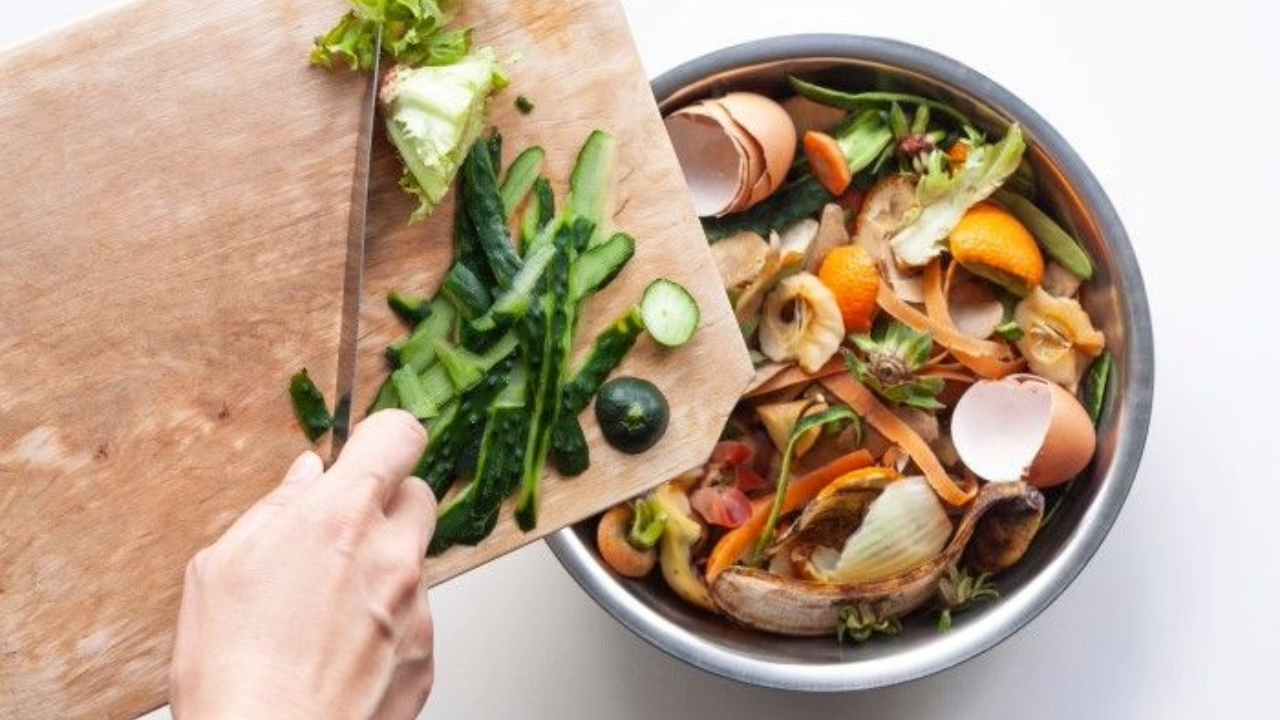If there’s one place in the house where we can save money without sacrificing quality, it’s the kitchen. With food prices rising, learning how to make the most of each ingredient has become a necessity. Wasting food doesn’t just mean wasting food, it also means losing money. Small changes in your daily routine can lead to big savings at the end of the month.
Want to learn how to spend less and still make delicious recipes? Here are some secrets that will transform the way you cook!
1. Plan Your Meals and Shop Smart
Saving money in the kitchen starts before you even turn on the stove. One of the most common mistakes is buying food without planning, which leads to waste. Before you go to the supermarket, make a weekly menu and a shopping list based on what you really need. This way, you avoid impulse purchases and ensure that each item you buy will have a use.
Another secret is to prioritize versatile ingredients. Foods such as eggs, rice, potatoes and various vegetables can be used in different recipes, avoiding them being forgotten in the refrigerator.
2. Store Food Properly
The way you store your food makes all the difference in how long it lasts. Many products spoil quickly because they are not stored properly. Here are some tips to help you preserve your food better:
- Fresh vegetables and herbs: Store in closed jars with paper towels to absorb moisture and prevent them from wilting quickly.
- Ripe fruits: If they are about to spoil, freeze them to use later in smoothies or sweets.
- Meats and cheeses: Wrap in plastic wrap or parchment paper before storing in the refrigerator to preserve texture and flavor.
And don’t forget: your freezer is your best friend! Freezing leftovers or fresh ingredients helps avoid waste and provides practical options for other meals.
3. Use Every Part of the Food
Many parts of fruits, vegetables and even meat are wasted unnecessarily. But the truth is that almost everything can be reused in some way! Here are some ideas:
- Potato and carrot peels: Baked in the oven with seasonings, they become crispy and delicious chips.
- Broccoli and cabbage stalk: Great for stir-fries, soups and soufflés.
- Stale bread: It can be turned into toast, stuffing or even a delicious pudding.
- Pumpkin seeds: Toasted in the oven with salt and spices, they become a healthy snack.
In addition to reducing waste, these practices add more flavor and nutrients to your meals!
4. Reinvent Leftover Food
Leftovers can be transformed into completely new dishes. Leftover rice from lunch can be turned into dumplings the next day, roast chicken can be turned into pie filling or sandwich filling, and cooked vegetables can be the base of a soup.
Another tip is to have a day of the week dedicated to leftovers, where you combine everything you have left into creative dishes. That way, nothing goes to waste and you also save time in the kitchen!
5. Cook in Batches and Save Time and Money
An efficient strategy for those who want to save money is to cook in larger quantities and freeze portions for the week. Doing so reduces gas and electricity consumption and preparation time. It also prevents the urge to order food when you feel too lazy to cook.
Some ideas for dishes that can be prepared and frozen include soups, broths, homemade sauces, shredded meats and even seasoned rice. Just separate into portions and defrost when needed.
Conclusion
The kitchen can be one of the biggest villains when it comes to waste, but it can also become one of the main allies in saving money at home. With planning, proper storage and creativity, you can make the most of each ingredient and make your money go much further.
How about putting these tips into practice today? Your wallet and the planet will thank you!



